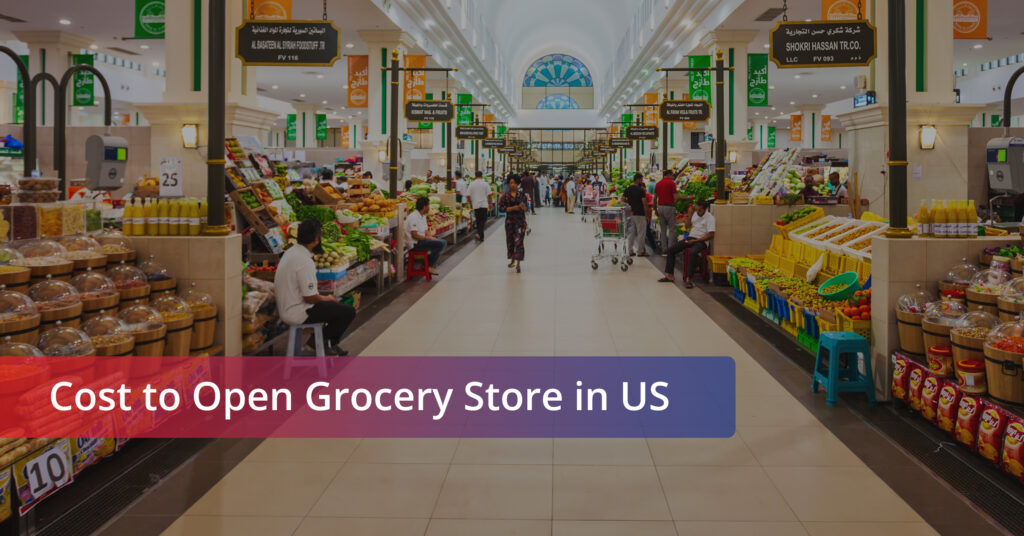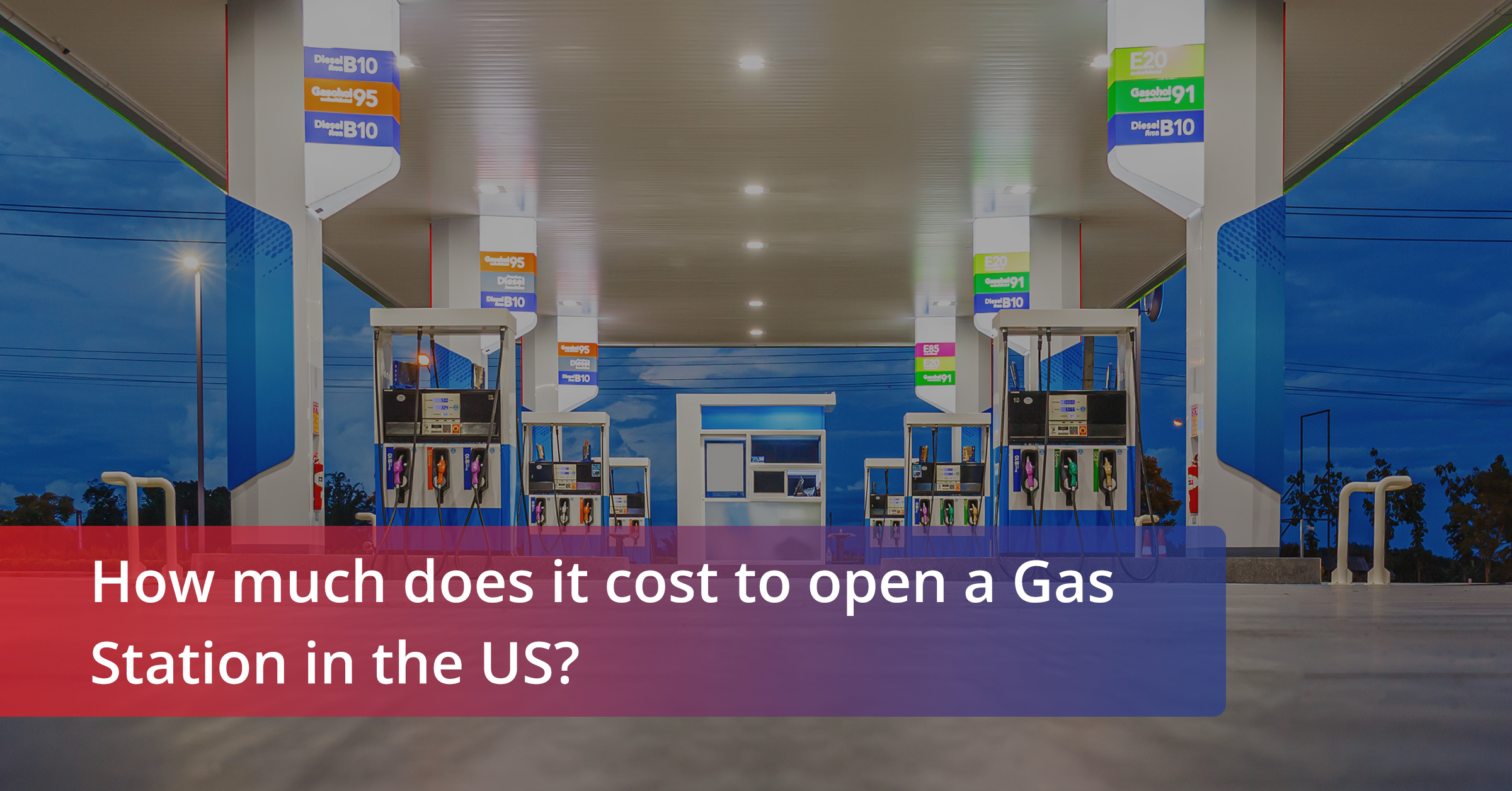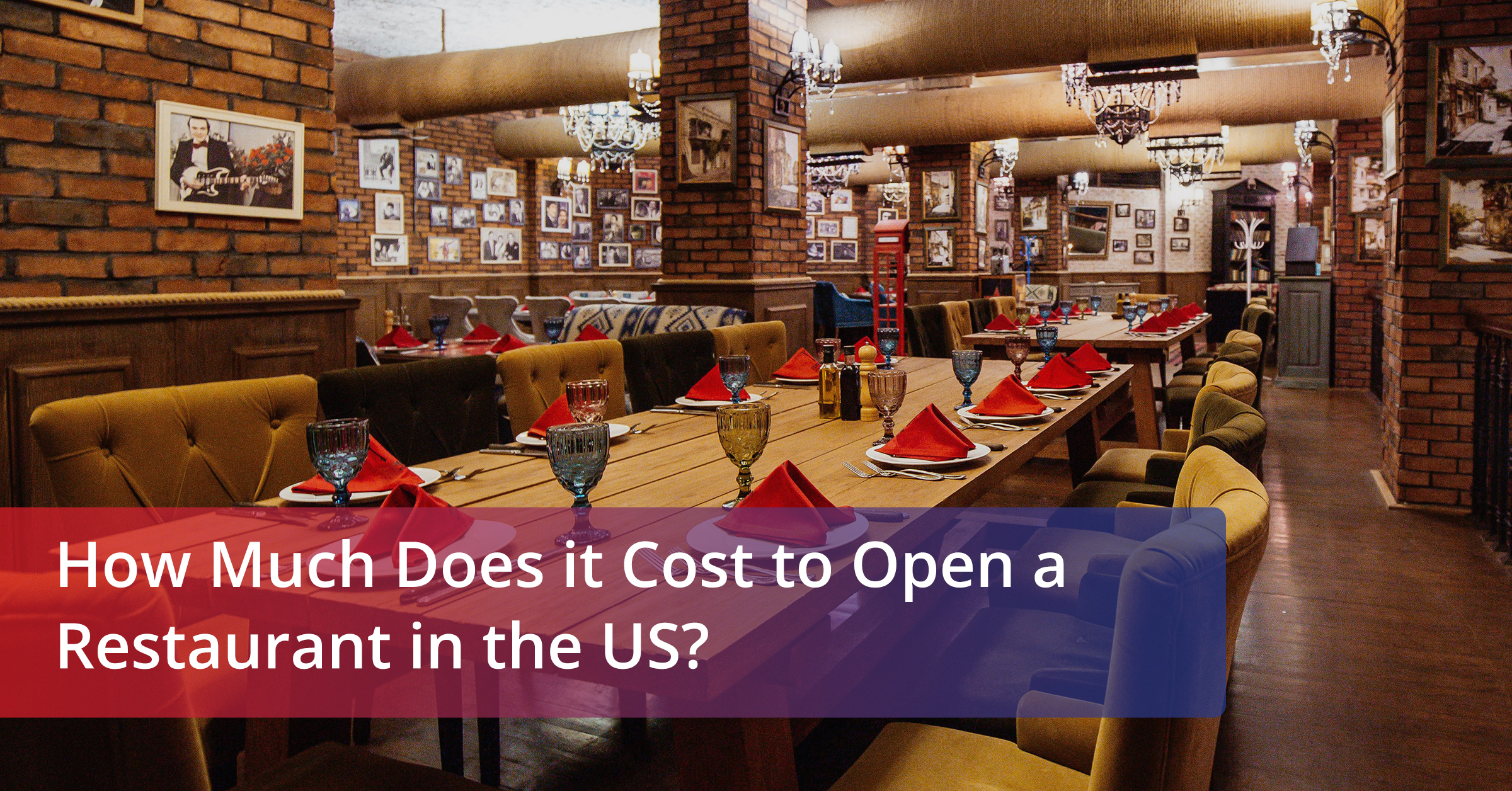Are you planning to open a grocery store? Making well-informed decisions before diving into the super market business is important.
The grocery store industry in the United States is valued at $682 billion. Over the past few decades, grocery sales have experienced a twofold increase and are anticipated to continue growing. Major big box chains, exemplified by Walmart and Target, have asserted dominance in the market through their private label brands and products.
Despite facing fierce competition from these large retailers and smaller chains, there remains potential for franchise or independent grocers to flourish. For those planning to open a grocery store, read on for more information.
What is a Grocery Store?
Grocery stores, also called supermarkets, sell food and household items. They’re where people go for most of their home needs. Besides food, they also have things like cleaning products, drinks, alcohol, and personal care items. If you’re thinking about starting a grocery store, you might wonder, “How much does it cost?” or “How to do it?”. The investment for grocery stores varies based on how you want to run your store, like selling directly to consumers. Let’s break this down in the next section!
Grocery store opening costs- basics
Opening a franchise grocery store doesn’t cost the same as opening a small corner store. Franchises usually need a one-time fee, which can be between $55,000 and $85,000. A small shop might cost around $35,000 to $50,000. There are other expenses to think about, too, like supplies, inventory, permits, licenses, and bonds.
To start a convenience store, calculate your startup costs by adding up fixed costs, one-time expenses, and ongoing bills. These include real estate, insurance, wages, taxes, franchise fees, inventory, equipment, and signs.
Here’s a breakdown of where the money typically goes when opening a convenience store:
Rent or Purchase of Retail Space
The cost varies from a few thousand dollars per month for a small space to hundreds of thousands for a larger one, especially if purchasing. If you choose a location already set up as a grocery store or skip the franchise, it can cut down on costs.
Equipment and Supplies
This covers items like refrigeration units, shelving, e-ink displays, checkout counters, cash registers, and security systems. Costs depend on the store’s size and type.
Inventory
To start a grocery store, the total cost depends on the type and quantity of products. It can range from a few thousand to hundreds of thousands of dollars.
Marketing and Advertising
Expenses for local media advertising, promotions, and special offers to attract customers typically range from a few thousand to tens of thousands of dollars.
Labor Costs
Including salaries and benefits this can be a significant expense based on the number of employees and their salaries and benefits.
Legal and Accounting Fees
Covers business structure setup, licenses, permits, and legal/accounting services, with costs ranging from a few thousand to tens of thousands of dollars.
Technology and Systems
To run a grocery store like a smart vendor, you have to invest in the technical side as well. This includes inventory management systems, computer systems, software, point-of-sale (POS) systems, and electronic price labels. Costs vary from a few thousand to tens of thousands of dollars.
Utilities
Covers electricity, gas, water, and internet/phone services, with monthly costs ranging from a few hundred to several thousand dollars, depending on the store’s size and location.
Security
Involves the cost of security systems like cameras and alarms, as well as security personnel, ranging from a few thousand to tens of thousands of dollars per year.
Insurance
After making all these investments, getting Grocery Store Insurance becomes paramount. This is a kind of coverage that shields owners from possible risks, like property damage, liability claims, and business interruptions.
This insurance for grocery stores offers financial protection and peace of mind for unforeseen events that could affect the store’s operations. The costs range from a few thousand to tens of thousands of dollars per year. You can checkout our dedicated blog on Grocery Store Insurance to know more!
These are some of the potential expenses when you open a supermarket or grocery store. Keep in mind that this list is not exhaustive, and actual costs may vary based on specific business circumstances.
Tips for Reducing The Cost of Opening a Supermarket
Reducing the cost of opening a grocery store or supermarket can be achieved through various technological solutions. Here are some strategies:
- Electronic Shelf Labels (ESLs): Implementing ESLs can significantly lower costs by reducing the time and resources required for manual price changes. ESLs use e-ink displays that can be updated wirelessly, eliminating the need for staff to physically change price tags. This saves time, eliminates printing costs, and reduces the need for stocking physical tags.
- Affordable LCD Screen Suppliers: Partnering with a supplier offering competitive pricing and quality LCD screens for ESLs can further reduce costs.
- Negotiating Lease Agreements: Negotiate with landlords to secure favorable lease agreements for reducing rent costs and easing financial strain.
- Efficient Inventory Management: Implementing an efficient inventory management system helps minimize inventory costs by ensuring optimal stock levels and reducing waste from overstocking or expired products.
- Energy-Efficient Equipment and Lighting: Opt for energy-efficient equipment and lighting solutions to lower energy consumption and associated costs.
- Technology Integration: Utilize technology such as self-checkout systems and mobile point-of-sale (POS) systems to streamline operations and reduce labor costs.
- Direct Sourcing from Suppliers: Cut costs associated with middlemen and distributors by sourcing products directly from suppliers. This eliminates additional markup and reduces overall expenses.
By incorporating these technological and strategic measures, you can significantly reduce the cost of opening and operating a grocery store or supermarket while also promoting sustainability and waste reduction.
Recommended read – Tips To Protect Your Grocery Store Business
How to Open a Grocery Store- Business Plan
Now that you have a moderate idea of the upfront investment for a grocery store let’s dive into the steps of opening one. You can start a grocery business either as a physical store or an online one. You have the flexibility to choose the size and product offerings that suit your vision. The process of opening a grocery store involves five key steps:
Creating a Grocery Store Business Plan
Develop a comprehensive business plan outlining your business model, niche market, financial projections, and break-even point. Include details such as
- Your business idea
- Cost and profit projections
- Product offerings
- Target market
- Competitive analysis
- Store location
- Potential challenges
- Possible grants
Legal Entity and Taxes
Choose a legal structure like an LLC, sole proprietorship, corporation, or partnership to protect yourself from personal liability. Set up federal and state taxes, obtaining an EIN (Employer Identification Number).
Setting Up Bank Accounts
Establish dedicated business banking and credit accounts to separate personal and business assets. Building business credit can make you eligible for credit cards and financing while also improving your creditworthiness and providing financial flexibility.
Obtaining Permits, Licenses, and Insurance
To run a grocery store, obtain necessary permits, licenses, and insurance before starting to ensure legal compliance. Research state and local requirements to understand what licenses and permits are needed. Invest in business insurance, such as General Liability Insurance, to protect your company financially in various situations.
Defining the Brand
Develop a strong brand to distinguish your business and create a lasting impression. Design a logo and utilize QR codes for business cards and publications to direct customers to your website. Promote your grocery store through effective marketing channels, including college campuses, apartment complexes, and social media. Establish an online presence with a website featuring an about us page and a privacy policy.
By following these steps, you can lay a solid foundation to open a grocery store, ensuring legal compliance, financial security, and effective branding.
Key Takeaways
Indeed, a well-thought-out business plan is a critical foundation to start a convenience store. Here are key sections to include in your grocery store business plan:
- Executive Summary: Briefly outline the key components of your business, including its mission, vision, and goals.
- Company Overview: Provide detailed information about your grocery store, including its legal structure, location, and history.
- Customer Analysis: Identify your target market and provide a detailed analysis of your customers’ demographics, preferences, and behaviors.
- Industry Analysis: Conduct a thorough analysis of the grocery store industry, including current trends, market size, and potential growth opportunities.
- Financial Plan: Present detailed financial projections, including startup costs, operating expenses, and revenue forecasts. Include a break-even analysis as well as cash flow projections.
- Marketing Plan: Detail your pricing strategy, advertising plans, and any promotional offers or pricing incentives.
- Operations Plan: Describe the day-to-day operations of your grocery store, including inventory management, supplier relationships, and customer service procedures.
In your business plan, clearly explain the type of grocery store you plan to operate, covering aspects like the size, offerings, and unique features. This roadmap will not only guide your initial setup to open a supermarket but will also serve as a valuable reference for ongoing decision-making and business growth.
FAQs:
- Is a grocery store profitable in the USA?
Yes, a grocery store can be profitable in the USA. However, success depends on factors such as location, pricing strategy, and adapting to consumer preferences. Conducting thorough market research and staying abreast of industry trends is important for sustained profitability.
- How much profit do grocery stores make?
Standard grocery stores typically have an average profit margin of roughly 2.2%. However, grocery stores targeting the organic, natural, and gourmet markets see an average profit margin of about 7-12%.
- What items are the most profitable for the grocery business?
The most profitable items for the grocery business include instant foods, non-grocery items, cereal, cosmetics, and beauty supplies, butcher and wholesale meat, deli meats and cheeses, over-the-counter and brand-name medications, and batteries. It’s important to consider the food supply chain when selecting products for your convenience store.










